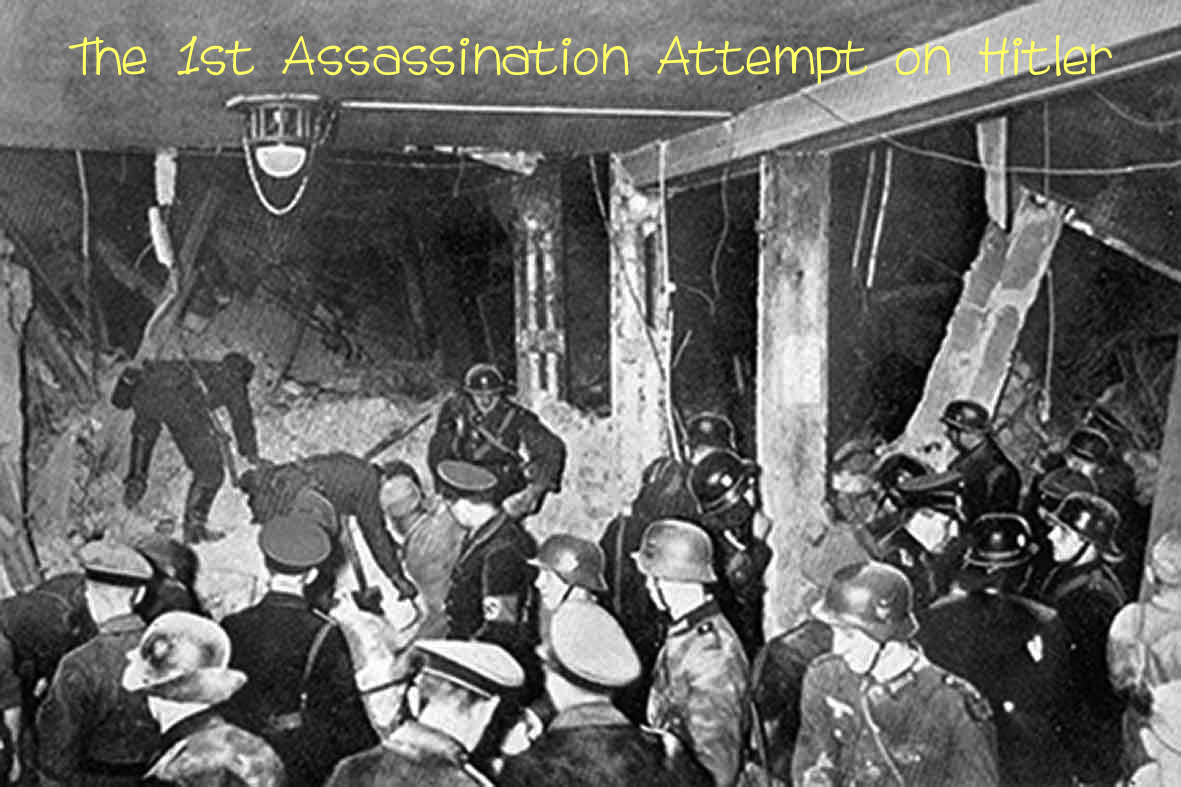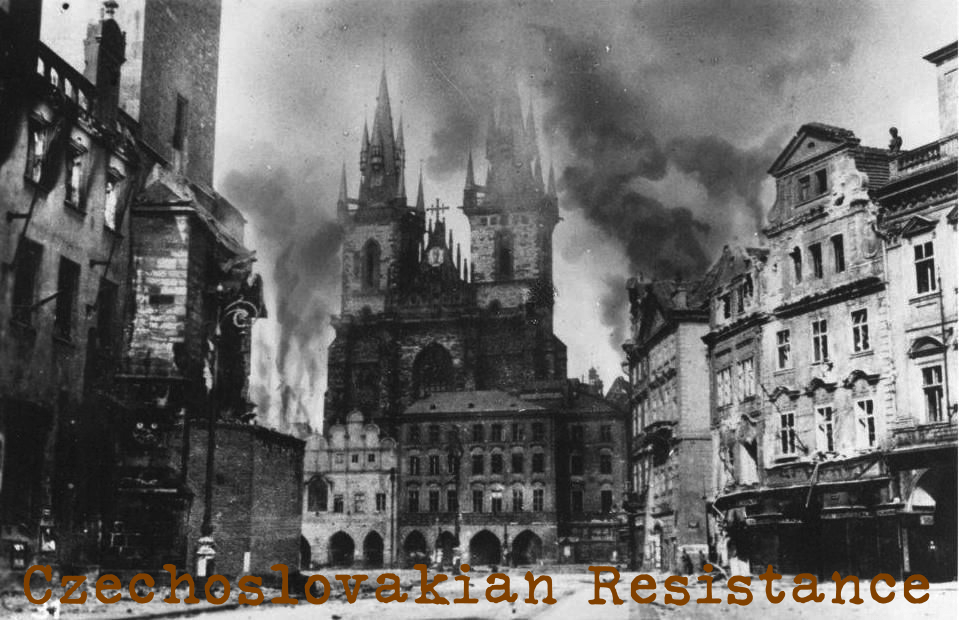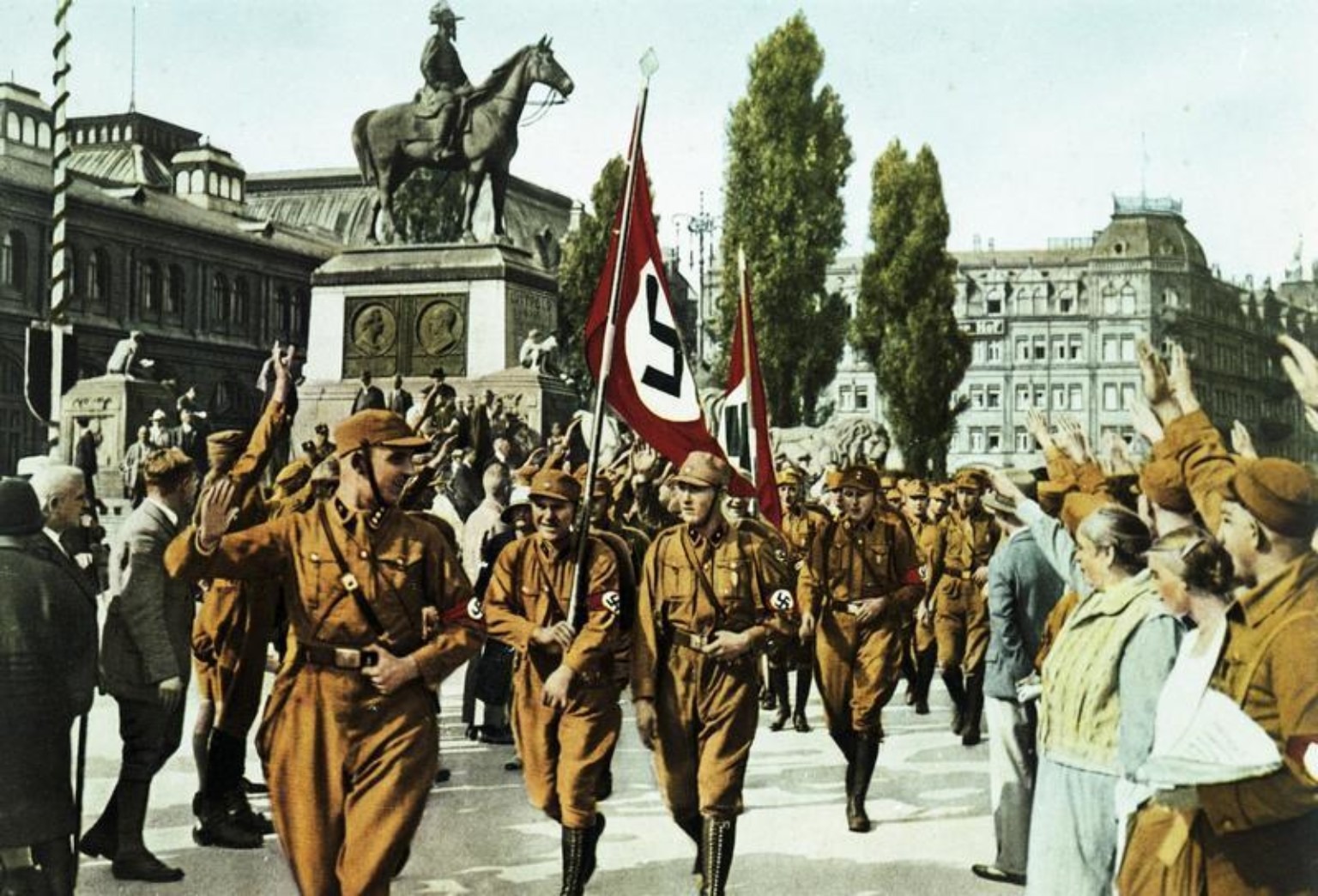The 1st Assassination Attempt on Hitler
The 1st Assassination Attempt on Hitler On the 16th anniversary of the Beer Hall Putsh, Hitler made a special speech to the Old Guard… Read More »The 1st Assassination Attempt on Hitler
The 1st Assassination Attempt on Hitler On the 16th anniversary of the Beer Hall Putsh, Hitler made a special speech to the Old Guard… Read More »The 1st Assassination Attempt on Hitler
The Three Kings: Czechoslovakian Resistance Hitler had marched into Czechoslovakia (or Slovakia) in March of 1939. In defiance of the Munich Agreement. Shortly… Read More »The Three Kings: Czechoslovakian Resistance
The Night of Long Knives June 30-July 2, 1934: Operation Hummingbird: A purge in Nazi Germany, designed to insure and strengthen Hitler’s absolute power… Read More »The Night of Long Knives


